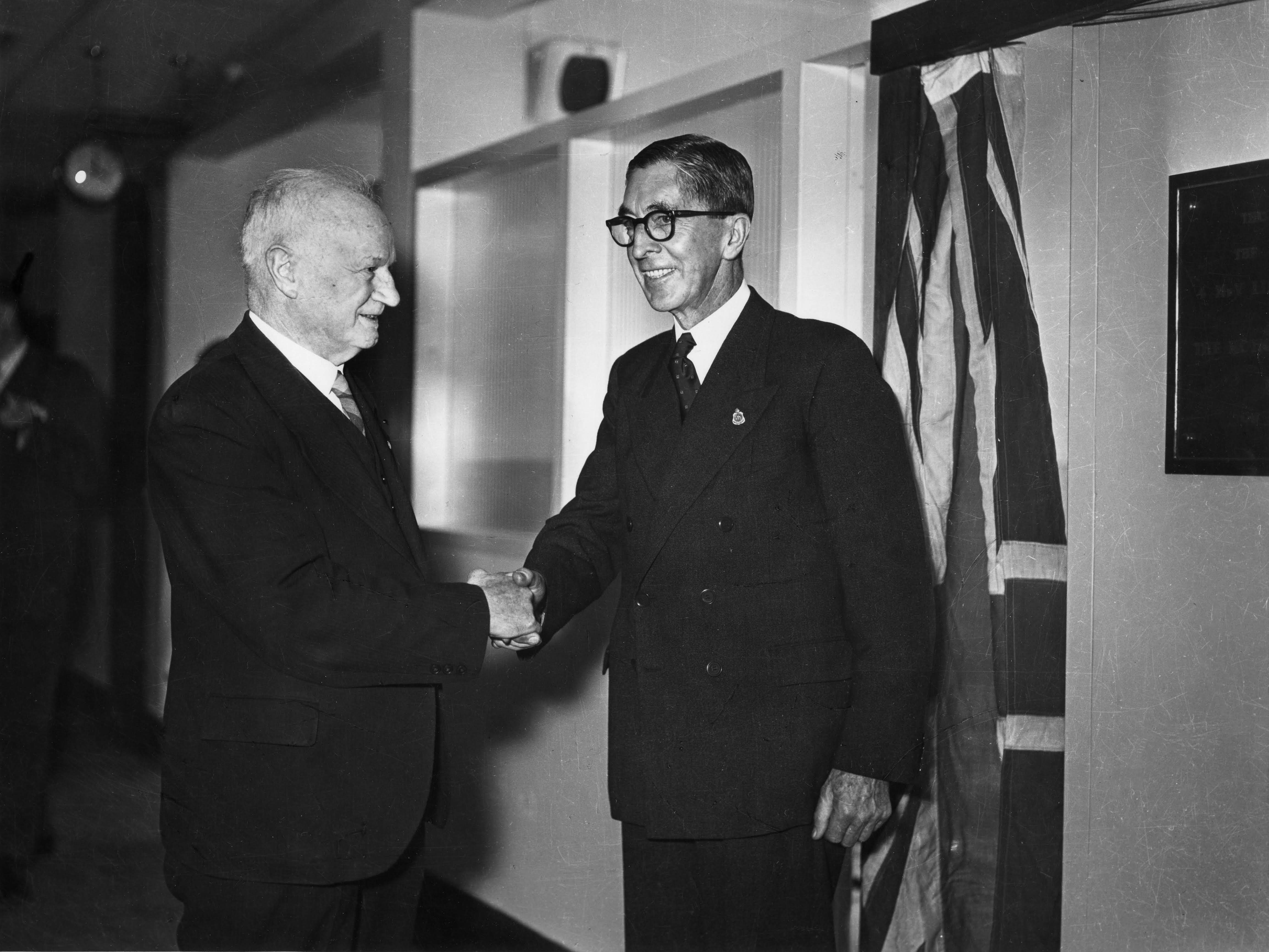Peter Mac's history had humble beginnings, starting in just one room of the then Queen Victoria Hospital in Melbourne.
The inaugural meeting of the board was held on 27 April 1949, with the first outpatient clinic named in Sir Peter’s honour in 1950.
It wasn’t until 1986 when the organisation’s name changed from the ‘Cancer Institute’ to the ‘Peter MacCallum Cancer Institute’. By then, it occupied 11 different sites across Melbourne.
All these services were brought together in 1990 on the site of the former St Andrews Hospital in East Melbourne.
In June 2016, Peter Mac moved into its new headquarters, the $1 billion purpose-built Victorian Comprehensive Cancer Centre building at the entrance to Melbourne’s Parkville bio-medical precinct. Peter Mac also provides Radiation Therapy services at its Bendigo, Box Hill, Moorabbin and Sunshine campuses.
History of Sir Peter MacCallum
Sir Peter MacCallum was born on 14 July 1885 in Glasgow, Scotland. He was the son of a master grocer. His family immigrated to New Zealand in 1886. Peter won scholarships to Christ’s College and then Canterbury College (BSc, NZ, 1907; MSc, 1908; MA, 1909).
Peter wished to study medicine. He travelled to England using money saved from part-time teaching in 1910. He entered the University of Edinburgh. From there he graduated with a Bachelor of Medicine and Bachelor of Surgery in 1914. He gained first-class honours in most subjects.
Peter was also a champion runner and good at rugby - he almost played for Scotland.
Peter worked in general practice for six months. The Royal Army Medical Corps then called him up for service. He worked as a medic on World War I's western front. There he won the Military Cross and was twice mentioned in dispatches.
Peter returned home after a gassing on the frontline in 1918. This affected his health. As a result, he began focusing on pathology and research rather than direct patient care.
Peter married and the Royal Infirmary appointed him as a clinical pathologist. He undertook research at the Royal College of Physicians of Edinburgh. The college elected him as a member in 1934 and fellow in 1953. He also taught at the Royal College of Physicians and Surgeons, Glasgow. He earned a diploma in public health in 1923.
Peter and his wife Bella had three daughters. Bella died giving birth to their third. He later married a friend from his university days, Ursula. Peter and Ursula had a son together.
The University of Melbourne offered Peter the chair of pathology in 1924. His predecessor had occupied the same role for 42 years. Peter had large changes in mind. He supported the proposal for a new medical school. This led to the Royal Melbourne Hospital moving closer to the university. Peter was dean of the Faculty of Medicine in 1939–43 and 1947–50. He was chair of the Professorial Board in 1944–46. And he was a member of Council in 1931–50 and 1953–61. He also chaired the Anti-Cancer Council of Victoria from 1946 to 1963.
Peter’s contributions to health and education gained him a knighthood in 1953.
Sir Peter MacCallum was reticent at times. His students admired him for his probity, kindness and generosity. Colleagues and friends enjoyed his sense of fun. They respected his compassion, tolerance and staunch principles. He had a reputation for sound judgement and ability to influence people.
Sir Peter passed away at the age of 88 in 1974. His legacy is a world-leading cancer centre. Here we value humanity, care, and research in equal measures. Sir Peter MacCallum believed that only the best was good enough in cancer care.
Peter MacCallum committed to making life better for people affected by cancer. He defined our purpose. And we continue his commitment 70 years after our establishment.

Sir Peter MacCallum with the Victorian Minister for Health, Ewen Paul Cameron MP. This photo is of the opening of the first Linear Accelerator, in 1956.
Peter Mac's history: Top 10 events
We are one of the world’s leading cancer research, education and treatment centres. The Victorian community’s generous support makes many of these major developments possible. Here are some major milestones in the evolution of our care for cancer patients.
Watch our historical video celebrating 75 years of caring for people affected by cancer
Related links
Then and now: our very first radiationtherapy treatment machine (linear accelarator)
